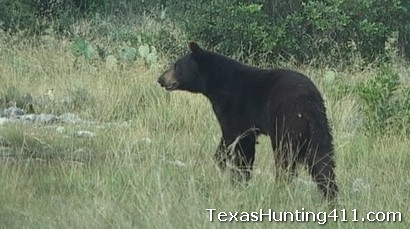Texas Youth Hunting Program
The Texas Youth Hunting Program (TYHP) offers hunts for a variety of game species, but the most popular hunts are those for white-tailed deer. The TYHP is a cooperative program between Texas Parks and Wildlife Department (TPWD) and the Texas Wildlife Association (TWA) and but also incorporates the membership of hunting enthusiast and other conservation-minded groups.
Each year, the TYHP works with a number of private ranches and public lands across Texas to organize and schedule hunts for youth new to hunting. It is only through cooperation from private citizens, TPWD and conservation organizations that TYHP can provide youth with high quality hunting experiences year after year.

TYHP Goals
- Preserve the hunting heritage in Texas for future generations.
- Promote the highest ethical standards in hunting.
- Teach the basic skills, values, techniques and responsibilities involved with hunting.
- Instill a basic understanding of practical conservation measures in youth.
- Promote wildlife habitat access, enhancement and management.
- Provide our youth with an initial, educational, safe, positive, mentored hunting experience.
TYHP Structured Hunts
- Usually on weekends.
- Group format: at least 4 hunters.
- A parent or guardian is required to accompany the youth.
- Hunts are run by trained volunteer Huntmasters, assisted by volunteer Guides.
- Meals are provided.
- Lodging varies from bunkhouses to tent camping.
- A Guide accompanies the youth hunter & their adult, acts as mentor and helps with all aspects of being in the field and with harvested game.
- Costs is typically $150 per youth but grants are available.
Participate in TYHP Hunts
If you have not participated in the past then the first thing is to create a youth hunter account. In order to participate in the scheduled hunts all youth must be 9 to 17 years of age. In order to create a youth hunter account youth will need a valid Texas hunting license and appropriate tags or stamps when required, they will need to be accompanied by a parent or guardian, and they will need to complete Hunter Education for Texas or another state.
Call TPWD at 800-792-1112 or visit the the agency’s webpage to view a schedule of upcoming Texas Hunter Education Courses in your area.




